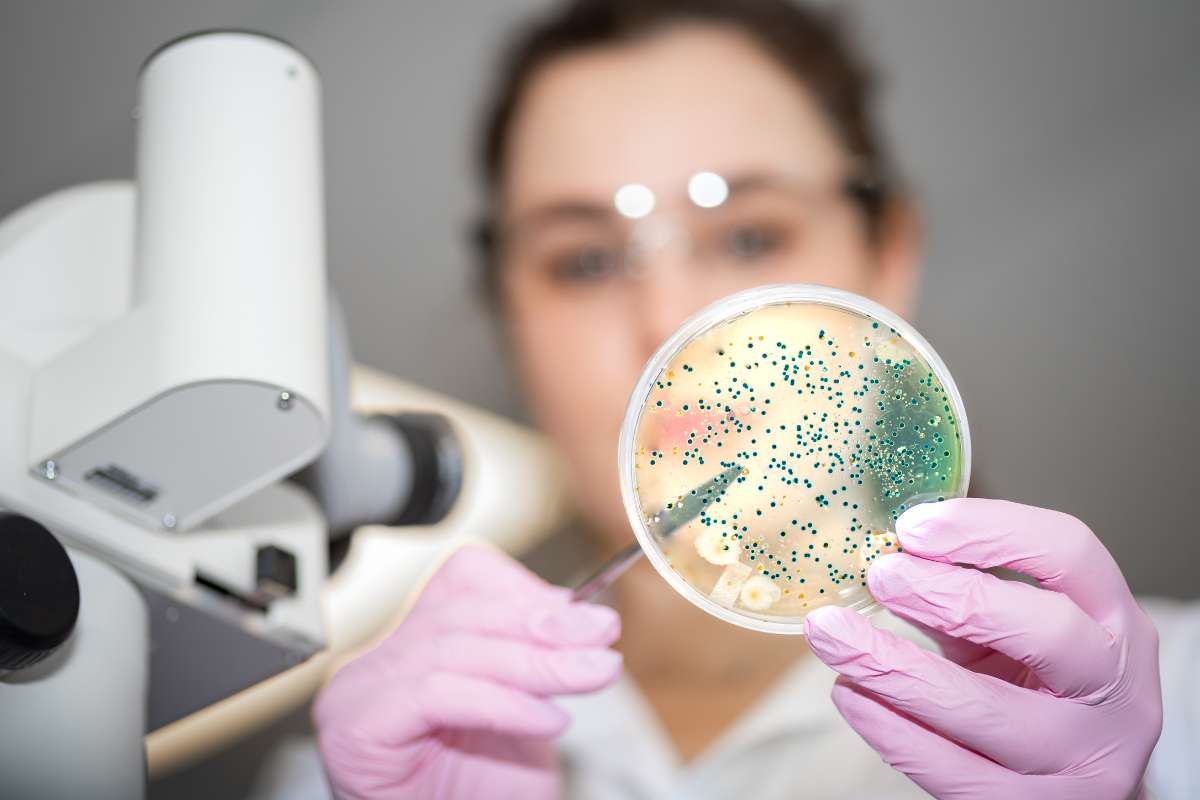Vertical integration, digital enablement, and the creation and scalability of healthcare ecosystems are corporations’ largest and most audacious investments as the healthcare sector evolves at a rapid rate. 2022 was a slow year for Lifesciences Dealmakers in the global life sciences industry. Even as we continue to manage the COVID-19 epidemic, the benefits of merger and acquisition (M&A) are expanding inside the sector. In light of what has been learned since March 2020, companies are revising their long-term goals and gaining better clarity on the strategies, assets, and competencies required for future success.
Here is How the benefits of merger and acquisition Have Helped the Market?
In the first half of 2022, investors faced significant macroeconomic headwinds on a worldwide scale. Inflation, supply chain disruptions, and violent conflict substantially stopped dealmaking activity, ushering in a new era for health sciences mergers and acquisitions. The average amount of M&A transactions decreased from $0.6 billion to $0.5 billion, while the number of transactions dropped from 205 to 112. The value of transactions over $1 billion declined by 61%. But these were not the only changes between 2021 and 2022.

Small and mid-cap investors contributed more than 62% of M&A transaction volume but just 19% of the overall M&A deal value in 2022’s life sciences M&A trends. These investors were strengthened by increased access to cash, while huge strategic and private equity firms remained largely inactive.
In addition to the market’s unpredictability, these investors may have contributed to the increase in milestone payments. Approximately one-third of the benefits of merger and acquisition transactions included a milestone payment in the first half of 2022 (a 4% increase from the first half of 2021). More than seventy-five percent of these transactions were performed by small and mid-sized companies, presumably in an effort to limit deal risk by using these milestone-based payments.
Another obvious pattern?
Pharmaceutical benefits of merger and acquisition activity are resilient. In the first half of 2022, despite a decline in activity across all categories of life sciences, pharmaceuticals surpassed medtech and diagnostics in terms of transaction volume and value to become the most active category in life sciences. In the first half of 2022, declining stock prices and valuations may encourage pharmaceutical firms to invest more in inorganic expansion to bolster their portfolios. Oncology and central nervous system (CNS) assets continue to form the bulk of venture and M&A transaction volume in this area when examining the lead assets being bought.

In contrast, clinical research organizations (CROs), contract development and manufacturing organizations (CDMOs), and suppliers faced the worst declines. The industry suffered a shocking 43% reduction in M&A transaction volume and an 87% decline in M&A deal value in 2022, which is a particularly extreme illustration of life sciences M&A trends.
Using technology to future-proof the M&A market
With so much activity in mergers and acquisitions, the temptation to conclude deals, especially the most intricate ones, remains great. This has placed a strain on M&A resources, particularly the bandwidth of Lifesciences Dealmakers. In 2021, over one-fifth (19%) of dealmakers reported they were obliged to decline deals.
When it comes to selling a company or asset, one of the most difficult aspects of the benefits of the merger and acquisition process is organizing and preparing the paperwork that prospective investors or buyers will need to analyze. Analysts in investment banking may spend weeks evaluating hundreds of files to organize and prepare them for a transaction.

To overcome this impediment, Lifesciences Dealmakers throughout the world are reportedly resorting to technology to improve their operational efficiency. In fact, 31% of Lifesciences Dealmakers reported relying more on technology to counteract some of the bandwidth issues. Using statistical methods that enable a system to learn from data and then make decisions, artificial intelligence (AI) and machine learning can leverage an algorithm to sift through large volumes of data and content in minutes, rather than weeks, allowing Lifesciences Dealmakers to focus on higher-value activities. We anticipate this tendency to continue in 2022.
BOTTOM LINE
Despite challenging market conditions and the continuing worldwide pandemic, 2021 was one of the most consequential years for the benefits of merger and acquisition Lifesciences Dealmakers to date. In December of 2021, the value and volume of transactions reached new heights, surpassing $5.63 trillion.
This is 40% greater than the value recorded for the whole year of 2020 and surpasses the previous high figure established in 2007, before to the financial crisis. As of the end of 2021, new worldwide diligence projects on Datasite, which are transactions at their start rather than those that have been publicized, have increased by over 30% annually.
The pressure to maintain this level of performance in 2022 is increasing, and Lifesciences Dealmakers are excitedly looking forward, analyzing what the most significant M&A dealmakers and dealbreakers may be for this year.
To address this question, Datasite questioned 600 Lifesciences Dealmakers in the United Kingdom, the European Union, and the United States about the prognosis for mergers and acquisitions over the next 12 months and if 2022 would bring more record-breaking activity. Despite certain barriers, the data indicate that dealmaking will continue to increase in 2022.











